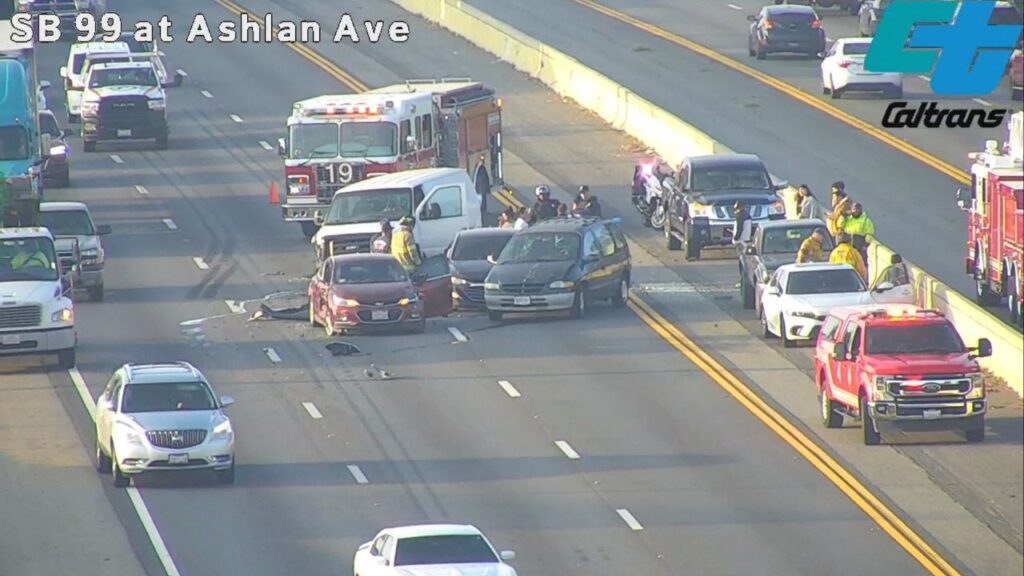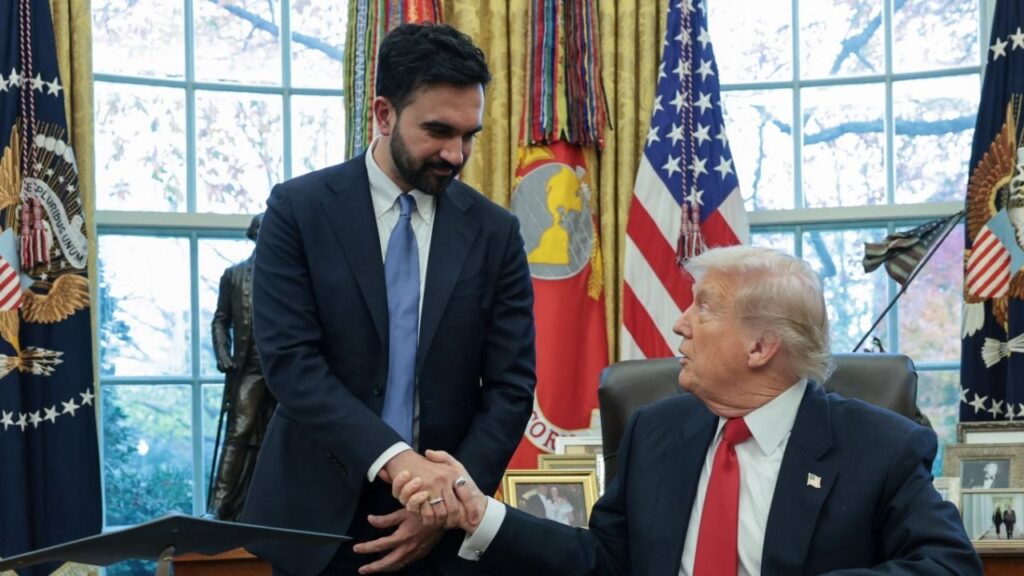Share
DUBAI, United Arab Emirates — Iran has begun construction at its Natanz nuclear facility, satellite images released Wednesday show, just as the U.N. nuclear agency acknowledged Tehran is building an underground advanced centrifuge assembly plant after its last one exploded in a reported sabotage attack last summer.
The construction comes as the U.S. nears Election Day in a campaign pitting President Donald Trump, whose maximum pressure campaign against Iran has led Tehran to abandon all limits on its atomic program, and Joe Biden, who has expressed a willingness to return to the accord. The outcome of the vote likely will decide which approach America takes. Heightened tensions between Iran and the U.S. nearly ignited a war at the start of the year.
Since August, Iran has built a new or regraded road to the south of Natanz toward what analysts believe is a former firing range for security forces at the enrichment facility, images from San Francisco-based Planet Labs show. A satellite image Monday shows the site cleared away with what appears to be construction equipment there.
Analysts from the James Martin Center for Nonproliferation Studies at the Middlebury Institute of International Studies say they believe the site is undergoing excavation.
‘It’s a Long Process’
“That road also goes into the mountains so it may be the fact that they’re digging some kind of structure that’s going to be out in front and that there’s going to be a tunnel in the mountains,” said Jeffrey Lewis, an expert at the institute who studies Iran’s nuclear program. “Or maybe that they’re just going to bury it there.”
Rafael Grossi, the director-general of the International Atomic Energy Agency, told The Associated Press on Tuesday that his inspectors were aware of the construction. He said Iran had previously informed IAEA inspectors, who continue to have access to Iran’s sites despite the country having moved away from many limits of its landmark 2015 nuclear deal with world powers, known as the Joint Comprehensive Plan of Action, or JCPOA.
“They have started, but it’s not completed. It’s a long process,” Grossi said.
Alireza Miryousefi, a spokesman for the Iranian mission to the United Nations, would not comment on the satellite images or discuss specifics of the construction, but said Iran was being transparent with its actions.
“Nothing in Iran regarding its peaceful nuclear program is being done in secret, in full keeping with the JCPOA, and as the IAEA has repeatedly confirmed,” Miryousefi said in an email.
“This instance is no different,” he said.
Ali Akbar Salehi, the head of the Atomic Energy Organization of Iran, last month told state television the destroyed above-ground facility was being replaced with one “in the heart of the mountains around Natanz.”
Iran Now Enriches Uranium to up to 4.5% Purity
Trump in 2018 unilaterally withdrew the U.S. from the JCPOA deal Iran, in which Tehran agreed to limit its uranium enrichment in exchange for the lifting of economic sanctions. When the U.S. ramped up sanctions, Iran gradually and publicly abandoned those limits as a series of escalating incidents pushed the two countries to the brink of war at the beginning of the year.
Iran now enriches uranium to up to 4.5% purity, and according to the last IAEA report, had a stockpile of 2,105 kilograms (2.32 tons). Experts typically say 1,050 kilograms (1.15 tons) of low-enriched uranium is enough material to be re-enriched up to weapons-grade levels of 90% purity for one nuclear weapon.
Grossi told The Associated Press, however, that the IAEA’s current estimate is that Iran does not yet have enough to produce a weapon.
Iran’s so-called “breakout time” — the time needed for it to build one nuclear weapon if it chose to do so — is estimated now by outside experts to have dropped from one year under the deal to as little as three months. Iran maintains its nuclear program is for peaceful purposes, though Western countries fear Tehran could use it to pursue atomic weapons.
Natanz, built underground to harden it against airstrikes, long has been at the center of those fears since its discovery in 2002. Centrifuges there still spin in vast halls under 7.6 meters (25 feet) of concrete. Air defense positions surround the facility in Iran’s central Isfahan province.
For Now, It Remains Unclear How Deep Iran Will Put This New Facility
Despite being one of the most-secure sites in Iran, Natanz was targeted by the Stuxnet computer virus — believed to be the creation of the U.S. and Israel — before the nuclear deal.
In July, a fire and explosion struck its advanced centrifuge assembly facility in an incident Iran later described as sabotage. Suspicion has fallen on Israel, despite a claim of responsibility by a previously unheard-of group.
There have been tensions with the IAEA and Iran even at Natanz, with Tehran accusing one inspector of testing positive for explosives last year. However, so far inspectors have been able to maintain their surveillance. something Lewis described as very important.
“As long as they declared to the IAEA in the proper time frame, there’s no prohibition on putting things underground,” he said. “For me, the real red line would be if the Iranians started to stonewall the IAEA.”
For now, it remains unclear how deep Iran will put this new facility. And while the sabotage will delay Iran in assembling new centrifuges, Lewis warned the program ultimately would regroup as it had before and continue accumulating ever-more material beyond the scope of the abandoned nuclear deal.
“We buy ourselves a few months,” he said. “But what good is a few months if we don’t know what we’re going to use it for?”



















